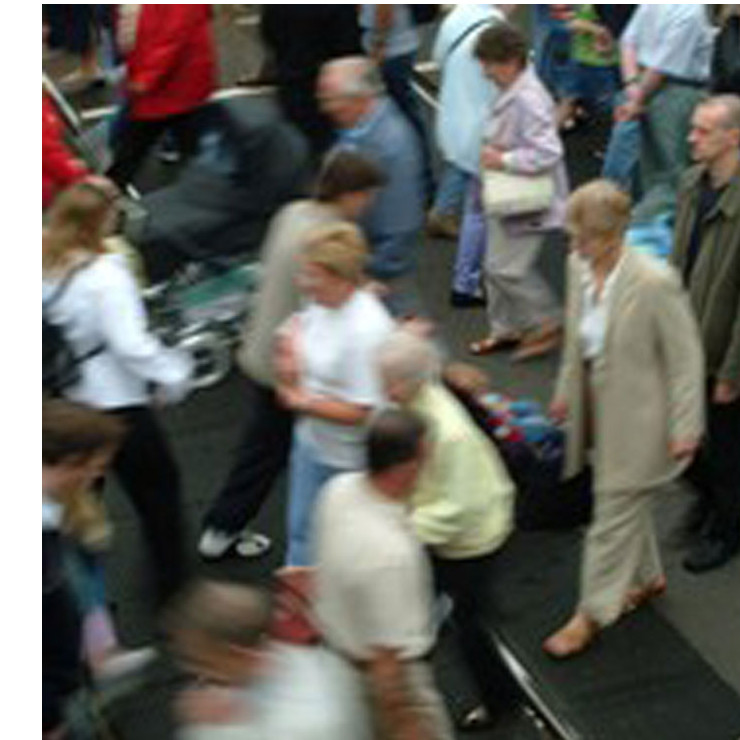Introduction
Screening people and their belongings at entry points can help reduce the likelihood of explosive devices, weapons, and other hazardous or prohibited items or materials being brought into buildings or onto sites.
Similarly, searching personnel as they exit can help reduce the risk of unauthorised removal of items and information. The implementation of robust screening measures may additionally serve as a significant deterrent.
The organisation should use the operational requirement methodology to develop an understanding of its needs for measures for screening people and their belongings (outer wear, pocket contents, carried items etc.) as part of its wider security regime.

Establishing a Screening Strategy
A robust assessment of the risk to the organisation and site will help define the specific threat items that the screening process will need to detect in order for their ingress to be prevented. This may include threat items such as explosive devices, firearms and other weapons, but may also include other items such as electronic devices or protest materials. The list of target items is likely to contain some which are considered essential to detect, some that it is desirable to detect, and other items that are of interest but failure to detect can be tolerated.
Consideration should be given to the different groups of individuals entering the premises such as staff, visitors, contractors, or the public, and any different types of items they may wish to bring in. It may be considered appropriate, given differing risk profiles, for some individuals (for example visitors as opposed to credentialed staff), or different sizes or types of bags, to undergo different screening regimes.
The operational requirement for the screening process will be informed by the risk assessment and should consider factors such as the desired throughput or flow of individuals and their belongings, space constraints and location (including consideration of possible queues), and integration with other security measures.
Methods for Screening People and their Belongings
For some applications a screening approach that is largely or completely manual may be sufficient to meet the needs of the organisation. Only where it has been established that technology will add real value to screening processes should its use be considered. Whilst use of technology can add significant value in certain scenarios it can be expensive to purchase, take up a large amount of space and require considerable on-going investment for it to remain effective. Factors such as equipment maintenance and provision of on-going staff training should not be overlooked. No screening process, either manual or involving technology, can be effective without suitably trained and motivated members of staff.
If it has been deemed appropriate to use technology for the screening of individuals and their belongings, the equipment employed must be carefully selected as there is a wide range of technologies available which can offer very different capabilities. It may be necessary to employ a combination of methods or technologies to cover the full range of threat items, especially if simultaneous screening of people and their belongings is required.
With any screening approach that is adopted it is important to ensure that the process is specified and delivered in a way that addresses, and is proportionate to, the particular risks the site faces. All screening processes have limitations; these need to be properly understood, accepted and if necessary mitigated against. Recommendations for screening people and their belongings given here should be seen as just one element of a wider security strategy.
A selection of commonly used options for screening people and their belongings is set out in the guidance below.
High Footfall Screening
NPSA has a longstanding research programme to improve solutions for screening large numbers of people and their belongings quickly and effectively for the presence of explosives and weapons threats.
The programme supports the development of innovative detection technologies and conducts research to inform guidance on incorporating these tools into operational security processes.
Discriminative Metal Detection (DMD)
One area of emerging detection capability are technologies that can discriminate metallic items that represent a threat from those that do not. To support the understanding and adoption of these products NPSA has developed the Discriminative Metal Detection Systems Test Method which provides a means to evaluate, test and compare DMD systems.
Further information
NPSA has been a major contributor of technical content to BSi PAS 127:2014 Checkpoint Security Screening of People and their Belongings - Guide, which aims to provide comprehensive guidance to security managers and contractors on the specification, design and delivery of checkpoint screening processes. PAS 127:2014 may be purchased from BSi.
The Introduction to PAS 127:2014 gives a summary of the PAS 127 process and highlights some of the key information provided in the PAS.